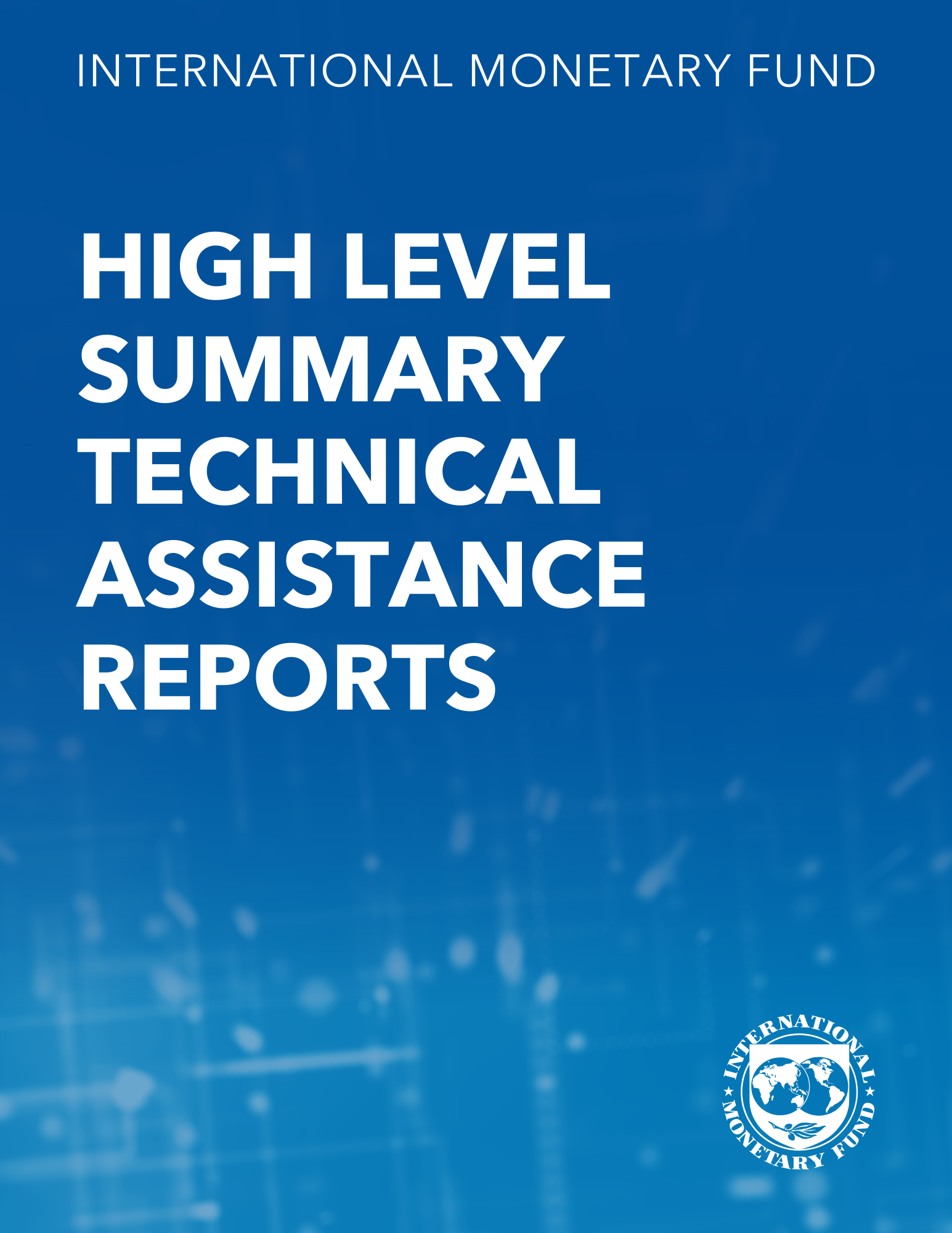The Exchange Rate in a Dynamic-Optimizing Current Account Model with Nominal Rigidities: A Quantitative Investigation
January 1, 1997
Disclaimer: This Working Paper should not be reported as representing the views of the IMF.The views expressed in this Working Paper are those of the author(s) and do not necessarily represent those of the IMF or IMF policy. Working Papers describe research in progress by the author(s) and are published to elicit comments and to further debate
Summary
This paper studies dynamic-optimizing model of a semi-small open economy with sticky nominal prices and wages. The model exhibits exchange rate overshooting in response to money supply shocks. The predicted variability of nominal and real exchange rates is roughly consistent with that of G-7 effective exchange rates during the post-Bretton Woods era. The model predicts that a positive domestic money supply shock lowers the domestic nominal interest rate, that it raises output and that it leads to a nominal and real depreciation of the country’s currency. Increases in domestic labor productivity and in the world interest rate too are predicted to induce a nominal and real exchange rate depreciation.
Subject: Consumption, Currencies, Exchange rates, Foreign exchange, Monetary base, Money, National accounts, Real exchange rates
Keywords: Consumption, consumption price index Pt, Currencies, Europe, exchange rate, Exchange rates, Monetary base, money stock, money supply, money supply shock, money supply supply shock, open economy, price level, Real exchange rates, U.S. dollar, WP
Pages:
51
Volume:
1997
DOI:
Issue:
007
Series:
Working Paper No. 1997/007
Stock No:
WPIEA0071997
ISBN:
9781451928525
ISSN:
1018-5941







